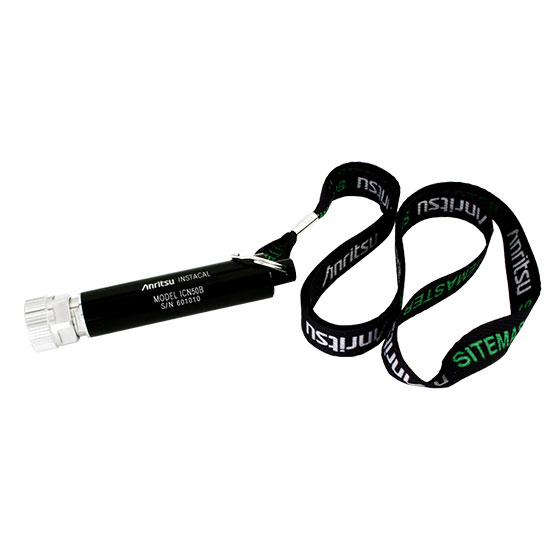
INSTACAL MANUAL WINDOWS
Some operating systems, such as Windows 95 and 98, require more information to properly configure the PCMCIA card in the system. The number and type of resources assigned is determined by firmware on the PCMCIA card you are installing.
INSTACAL MANUAL MANUAL
When you insert your PCMCIA card into a PCMCIA slot in the PC (as described in the hardware Users Manual supplied with your board), Card and Socket Services detects the board and assigns appropriate resources to the card such as interrupts and I/O addresses.
INSTACAL MANUAL INSTALL
Simply insert the disk and click OK.Īfter your PCI board is configured by the system, run InstaCal as described in the Using InstaCal section of this manual to test your board.Ģ.2 PC-CARD & PCMCIA BUS PLUG AND PLAY BOARDS If you are installing a Hot-Swap Plug and Play board, such as a PCMCIA bus product, install the software as described in the following section, reboot the PC and then insert the card into the PCMCIA slot. The file needed is included on the InstaCal and Universal Library CD (or disk 1 of the InstaCal and Universal Library floppy disk set). If not, the user is prompted to insert a disk containing the file. If the file needed is already installed on the PC, this process is automatic. As Windows loads, it detects that new hardware has been added and looks for an information file to properly add the new hardware to the Device Manager. Some operating systems, such as Windows 95 and 98, require more information to properly configure the PCI board in the system. The number and type of resources assigned is determined by firmware on the PCI board you are installing. Once your PCI board is installed in the PC (as described in the hardware Users Manual supplied with your board) and the PC is powered up, BIOS detects the board and assigns resources to the board such as interrupts, I/O addresses and memory mapped addresses. Once the software is installed, the next step depends upon whether you are installing a Plug and Play board, or one that is manually configured with switches and/or jumpers.Ģ.1 PCI & CPCI BUS PLUG AND PLAY BOARDS If you are installing a Plug and Play board, such as a PCI bus product, install the software as described in the following section, shut down the PC and then install the board into the PC as described in the hardware Users Manual included with your board. The information in this manual supercedes any software installation information contained in the hardware manual received with your data acquisition product.Ģ GETTING STARTED Before installing your data acquisition hardware, it is best to install the software. This software consists of the InstaCal™ configuration, calibration and test utility, the Universal Library™ for DOS and Windows programming and supporting software for PCMCIA hardware. Iii 1 INTRODUCTION This manual covers the installation of supporting software for ComputerBoards data acquisition and control products.
INSTACAL MANUAL SERIES
10 e) What PCM Series Cards Are Supported By CBCLIENT?. 9 d) What About Clients For Multiple PCM Boards?. 9 c) Does CBCLIENT Use System Resources?. 9 b) How Do I Know CBCLIENT Is Installed?. 9 d) What About CSS For Multiple PCM Boards?. 9 c) How Do I Know CSS Is Installed and Running?. 6ĪPPENDIX 1 – PCMCIA CARDS AND CARD & SOCKET SERVICES. 5 3.5.1 ISA & PC104 Bus Manually Configured Boards. 4 3.5.1 PCI & CPCI Bus Plug and Play Boards. 4 3.5.1 PC-CARD & PCMCIA Bus Plug and Play Boards.


4 3.3.4 File and Shortcut/Icon Locations. 1 2.3 ISA & PC104 Bus Manually Configured Boards. 1 2.2 PC-CARD & PCMCIA Bus Plug and Play Boards. 1 2.1 PCI & CPCI Bus Plug and Play Boards. © Copyright 1999 SM Installation.doc i Revision 1 TABLE OF CONTENTSĢ GETTING STARTED. For InstaCal™, the Universal Library™ and Supporting Software for ComputerBoards Data Acquisition and Control BoardsĬomputerBoards, Inc.


 0 kommentar(er)
0 kommentar(er)
